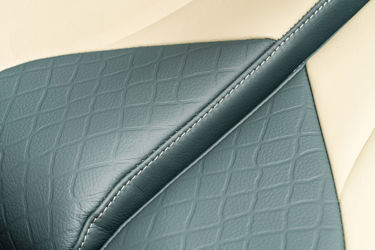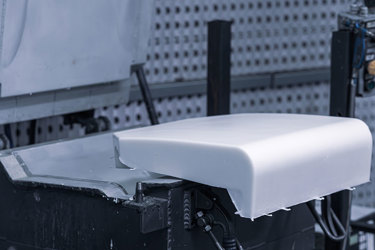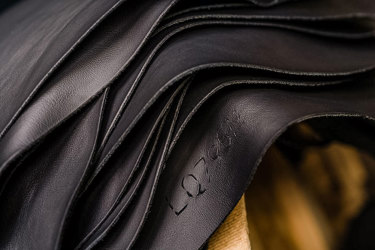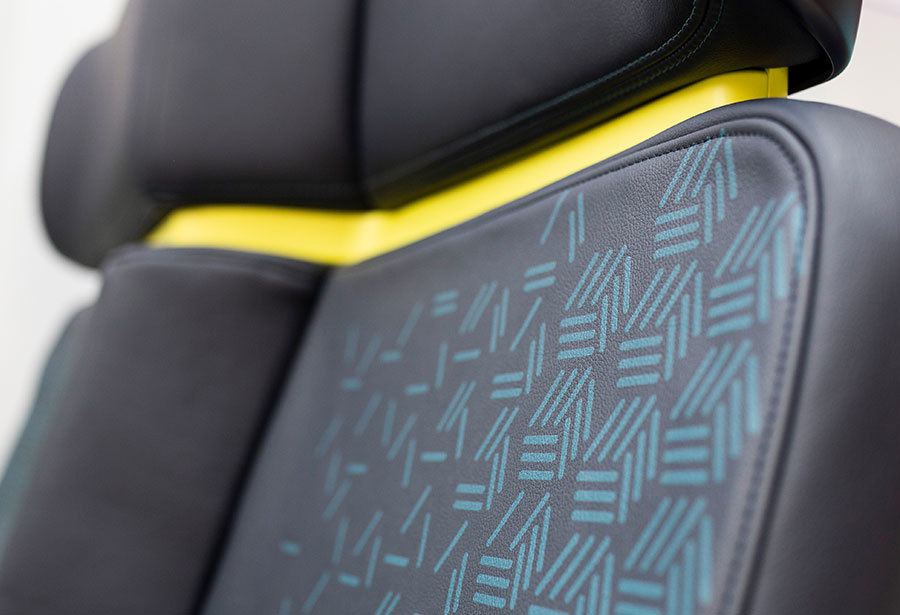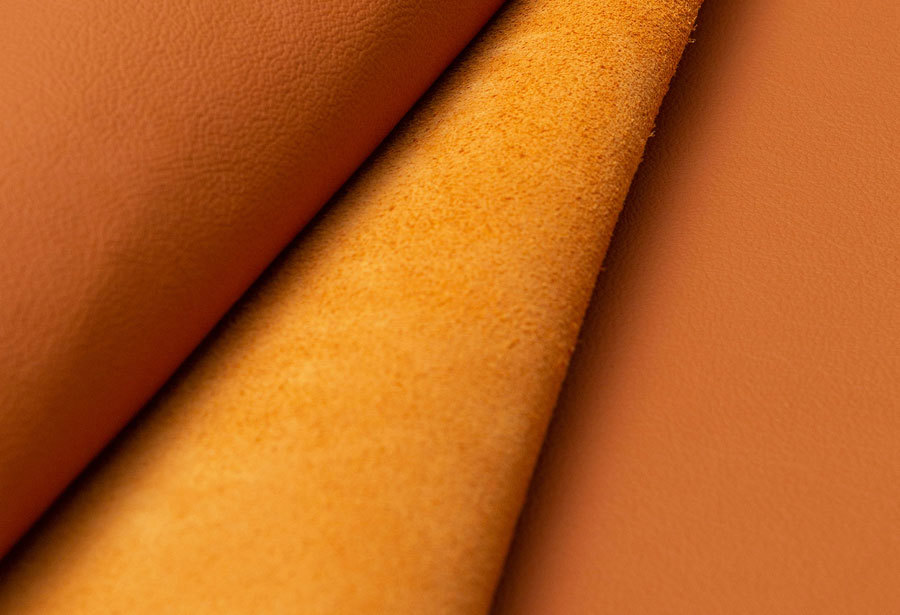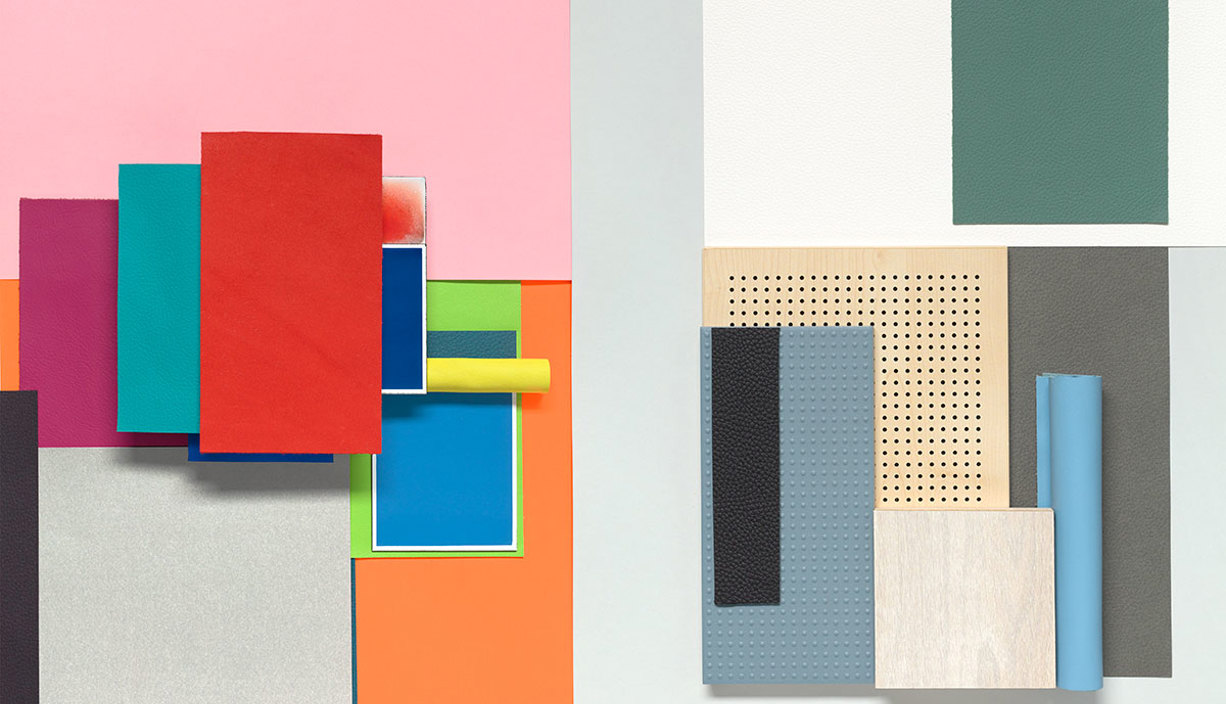
By Debra Choong, Senior Designer
Monitoring design trends has been a very important part of what we do here at Muirhead as we aspire to inspire, challenge, and excite the design teams we work with and encourage them to use our insight and expertise to make informed choices when it comes to specifying colours, materials and finishes for their vehicle interiors.
As Muirhead’s lead Product Designer it’s my responsibility to monitor, analyse and interpret current and developing design and CMF trends across the industries that we serve - aviation, rail, and interior design. It's a responsibility I embrace passionately as our in-house design experts work conceptually with design teams around the world to co-create their perfect leather - from colour and texture to the feel and performance specification of any design project.
Social, economic, cultural and, increasingly, environmental, and biological factors combine to drive ever-evolving CMF trends, and during my career at Muirhead, global industry trade shows and exhibitions in cities like Hamburg, Frankfurt, Milan, Stockholm, Geneva, and London have enabled our design team to stay ahead of the curve in terms of CMF design.
Access to aviation, rail, and design shows has been reduced, but that didn’t deter us from gathering fresh insights. We have worked with trend forecasting agency, Stylus, to really get under the skin of the trends that will be driving interior design, and, in turn, passenger transport cabin interiors, in the coming years.
It goes without saying that sustainability is more than a trend. It's an undeniable responsibility that is driving all product design in terms of material sourcing, manufacturing processes, supply chain management, waste disposal and much more. And while our work with Stylus positioned sustainability as the key trend driving design, it also revealed that growing trends around retro, luxury, mineral shades, futuristic, minimalism and interaction/technology are also driving CMF design in our sectors.
As stand-alone words these could mean little, but to put them into a useful context for CMF designers I have distilled these prevailing trends into our latest conceptual collection, which incorporates three distinct, but connected, themes – Re-Mix, Re-Wind and Re-New.
Re-Mix: Where the natural world merges seamlessly with luxury
Our RE-Mix theme brings to life the idea of creating physical spaces that support both productivity and stillness. How people interpret the spaces they exist in has changed dramatically. Spaces have become increasingly multi-purpose and people will increasingly seek spaces that support social and solitary activities.
Uninterrupted expanses of soothing colour, subtle contrasts in tactility and flowing lines are combined with technically precise gradients and industrial textures. Technology and connection are present, but where possible recede into the fabric of spaces to support contrasting needs of serenity, and preparedness. Biomaterials and plants soften the spaces and boost mental well-being.
Refined tactility and soothing natural colour draw together a premium CMF narrative that has a technical, yet natural appeal. Colour spans matte and shiny surfaces to unify products and spaces, while single-tone gradients express precision and technicality. Natural materials provide a delicate and humble counterbalance.
Our Re-mix story sees spaces infused with distilled natural hues of green and mineral tones. Pale wood, plaster and warm neutrals provide a natural ground that carries grounding accents of foliage greens and rusty browns. Colour washes over wood grain, and backlit translucent tinted materials build tactility and visual nuance into the colour palette.
Re-Wind: Where the juxtaposition of retro and contemporary work comfortably together
Our Re-Wind design theme is anchored in the recent increase in raw material costs. This has prompted a global reassessment of vintage and antique furniture and products, which, in turn, is encouraging designers to look for fresh and inspirational ways to integrate them within contemporary settings.
Re-Wind spaces appear to be built-up, loving and carefully curated, over time, and feature a considered balance of natural and manmade materials, organic and geometric forms, ornament, and simplicity. Artisan skills and local materials bring a sense of place and uniqueness to products and spaces, which have inbuilt longevity and can be reconfigured bit by bit as tastes change.
Mood is created as ornament and detail are balanced with expanses of flat colour and material for a multi-layered and authentic CMF direction. Historical design elements happily sit side-by-side with contemporary ones to express design values of longevity, legacy and durability.
A colour palette of natural wood and leather tones, and patinated warm metallics is made contemporary with vivid accents of bright blue, rich purples, and their pastel counterparts. Tonal marbling and stepped, single-tone gradients complement both historical and modern designs. Deep natural colours and carbon black suit premium technical goods and automotive applications.
Re-New: Where sharing and sustainability drive a circular economy
Re-New is an energised and agile direction, which casts our minds forward towards the year 2030, where autonomous travel, shared products and the circular economy will be integrated within many businesses. Senses are activated through a vibrant palette of colour and materials, while clean and circular materials and self-powered, self-sustaining products underpin CMF.
Mood is created through CMF design that supports the circular and sharing economy while being adaptable, easily separable, replaceable, and upgradeable. Soft, cocooning forms and colours will temper industrial materials, which remain uncoated and untreated to keep the environmental impact to a minimum. Biomaterials will play an increasingly important role in the move towards healthy and harmless spaces.
Carbon black and white bookend a spectrum of hues in this future-focussed palette. Highlights of electrified yellow and green are set against grounding indigo blue and charcoal colours. Multi-coloured gradients drift across translucent surfaces to bring an ethereal element to the palette.
By their very nature, design trends change. They continually transform, progress and, in some cases, disappear altogether to be replaced. Only by closely monitoring design trends, learning from them, interpreting, and delivering them in ways that are useful and insightful to our customers can we ensure that the furnishings you create today remain relevant for the next decade. We hope you are inspired by our latest collection.
